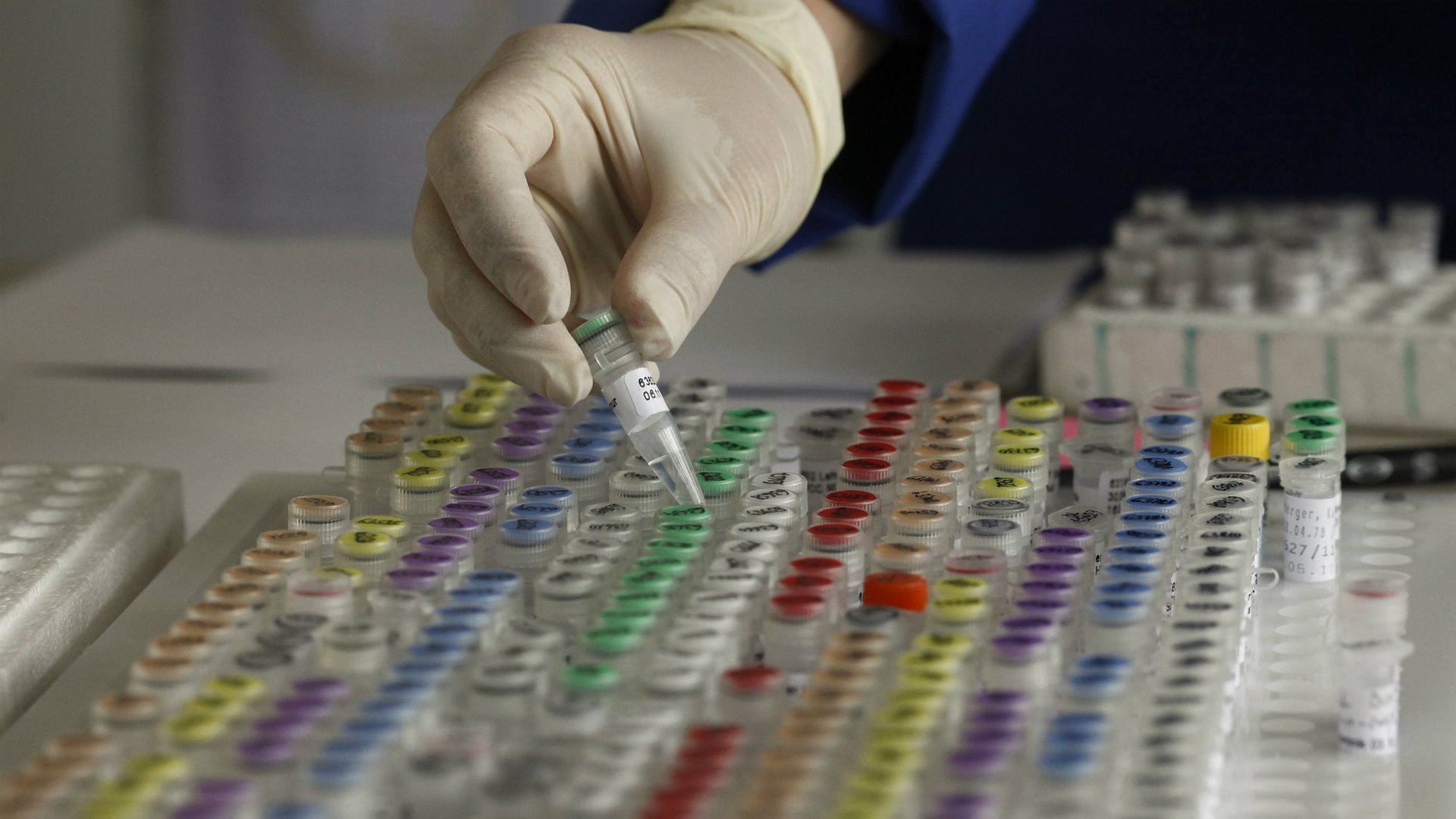UK researchers studying miscarriage have reignited a global debate on editing human DNA
British scientists have asked the country’s fertility regulator for permission to change the DNA of human embryos as part of their research on miscarriage.


British scientists have asked the country’s fertility regulator for permission to change the DNA of human embryos as part of their research on miscarriage.
If the UK’s Human Fertilization and Embryology Authority grants the license to go ahead with the work, a team from London’s Francis Crick Institute would tinker with specific genes in early-stage embryos donated by UK couples who have undergone in-vitro fertilization.
They would then study how those changes affect cells that later form the placenta, in an effort to understand why some fetuses spontaneously abort.
Under UK law, any embryos used must have been designated as not viable for IVF, and could not be implanted in a woman once altered.
The proposed experiment is possible as a result of a gene-editing tool known as CRISPR-Cas, a three-year-old technology that has revolutionized genetic research.
It has also sparked global debate on the ethics of human embryo modification, with scientists and lawmakers around the world at odds over how—and if—the technology should be applied to embryonic DNA.
In March, a team of US researchers issued an editorial in the journal Nature imploring scientists to collectively refrain from editing human DNA, saying the technology’s “unpredictable effects on future generations” made it “dangerous and ethically unacceptable.”
They also expressed concern that fears of designer babies and mutant humans could lead to a backlash that would ultimately curtail genetic research in non-reproductive cells as well.
A month later, scientists in China published the world’s first paper on editing human DNA.
Since then, some scientists have been reconsidering their opposition to the research and calling for more debate on where the line should be drawn.
Debate over genetic modification isn’t new, as scientists from the Hinxton Group, an international coalition of stem-cell researchers, noted in a recent statement. Similar fears and concerns have arisen with all previous introductions of technologies that could theoretically alter future generations’ DNA.
What’s different this time, they point out, is that the technology is far cheaper, easier to use, and more widely than what’s come before it. Also, the technology’s potential applications are far greater—ensuring that the likelihood of achieving any kind of global consensus on what those should be is far more elusive.